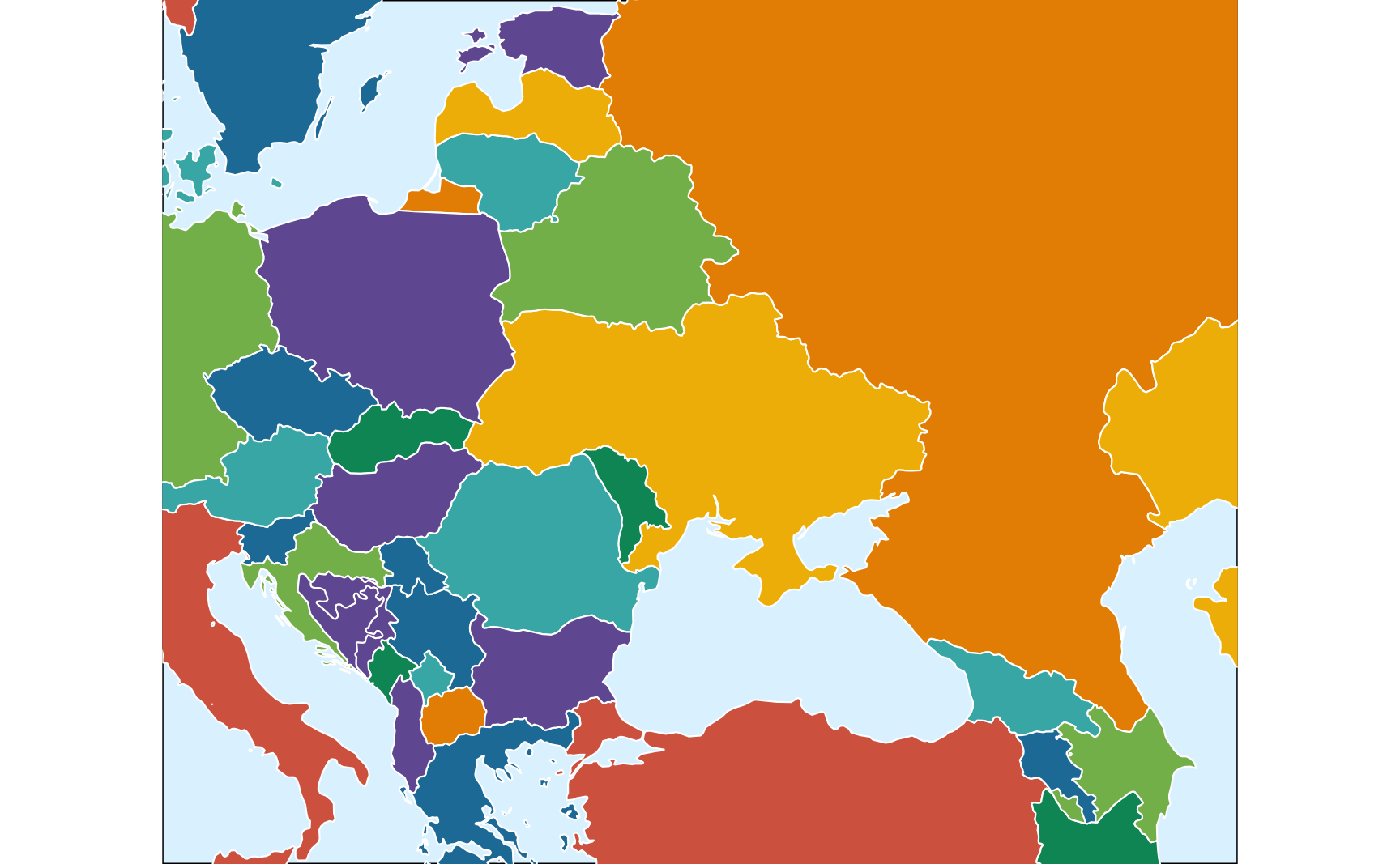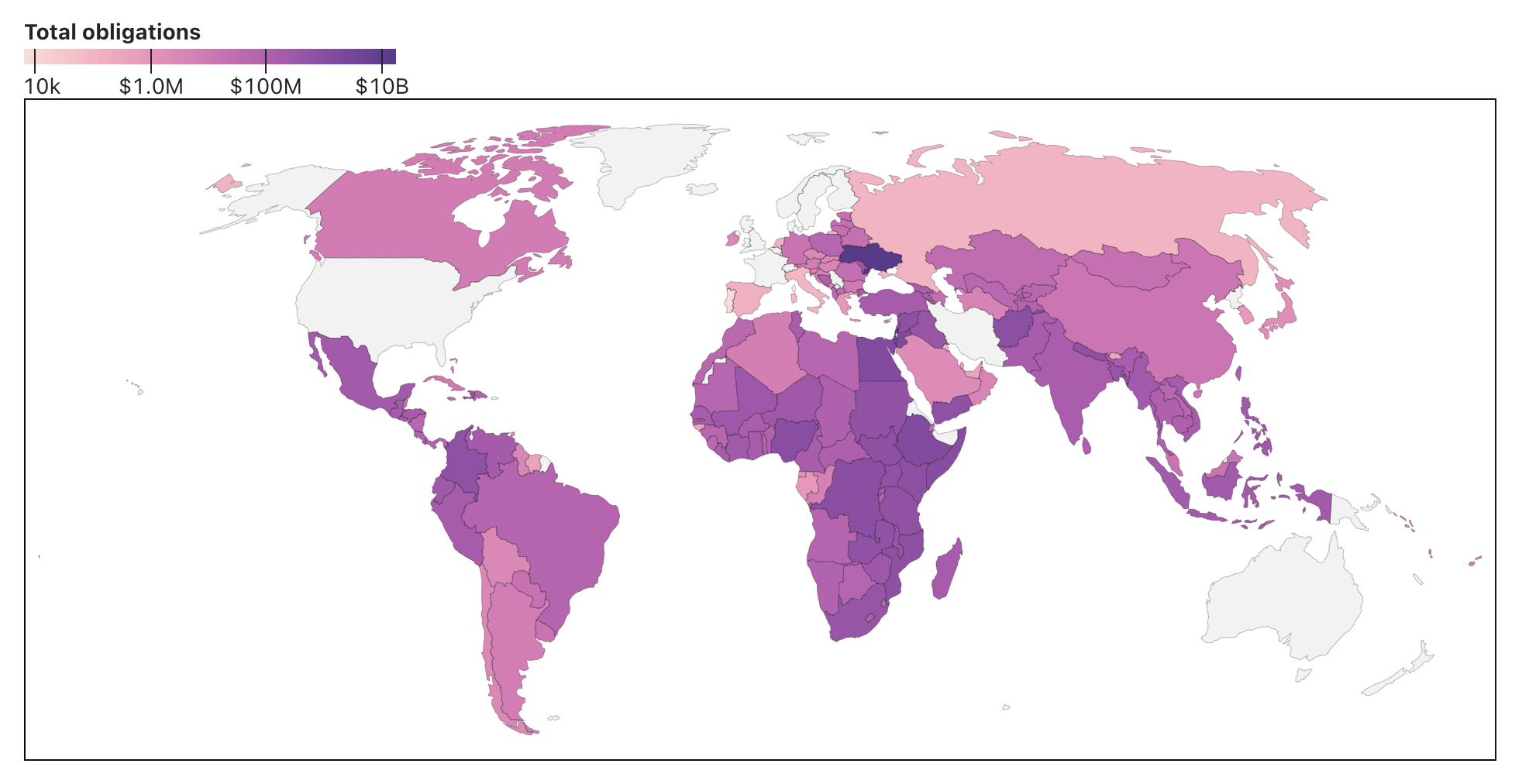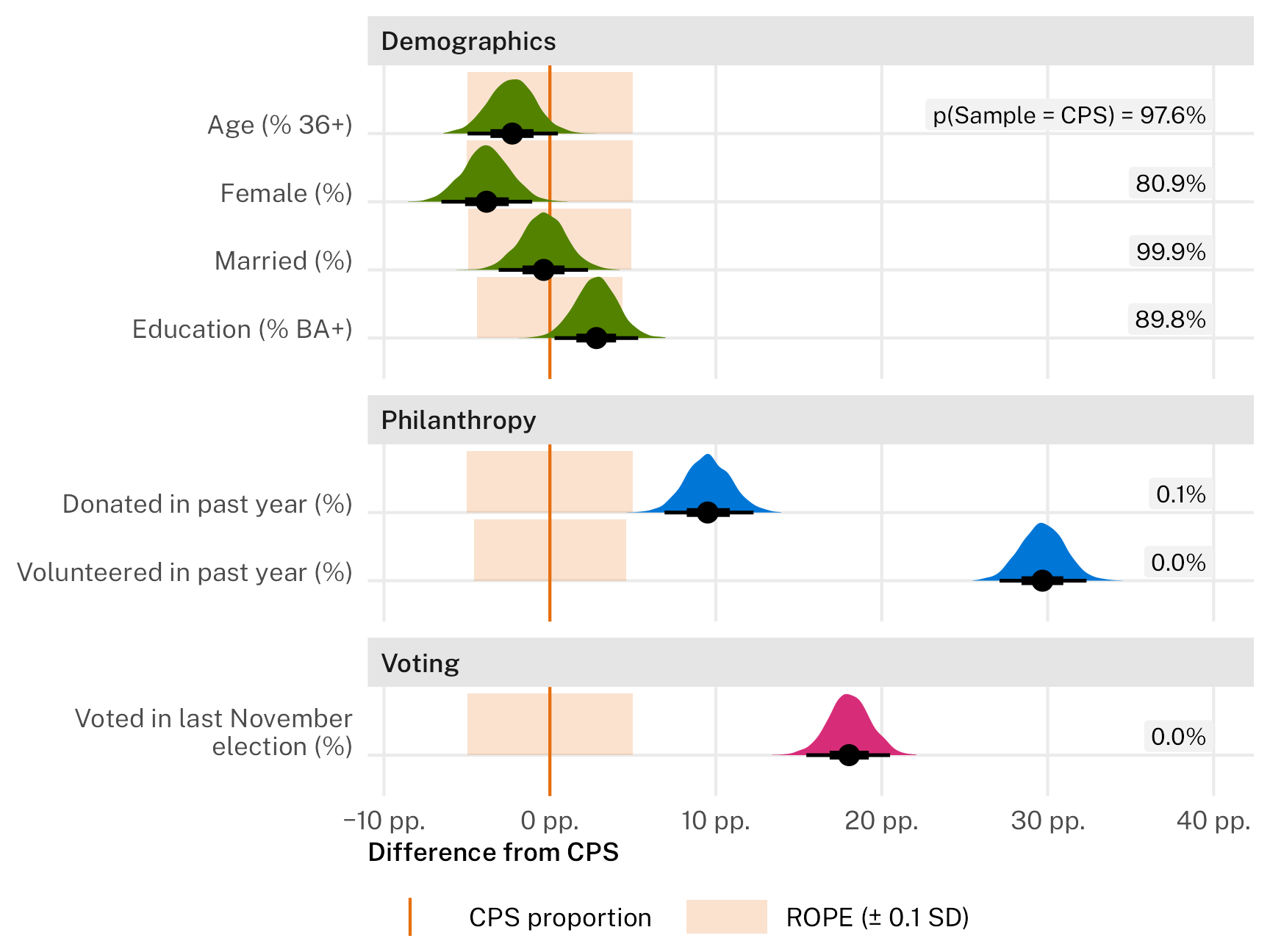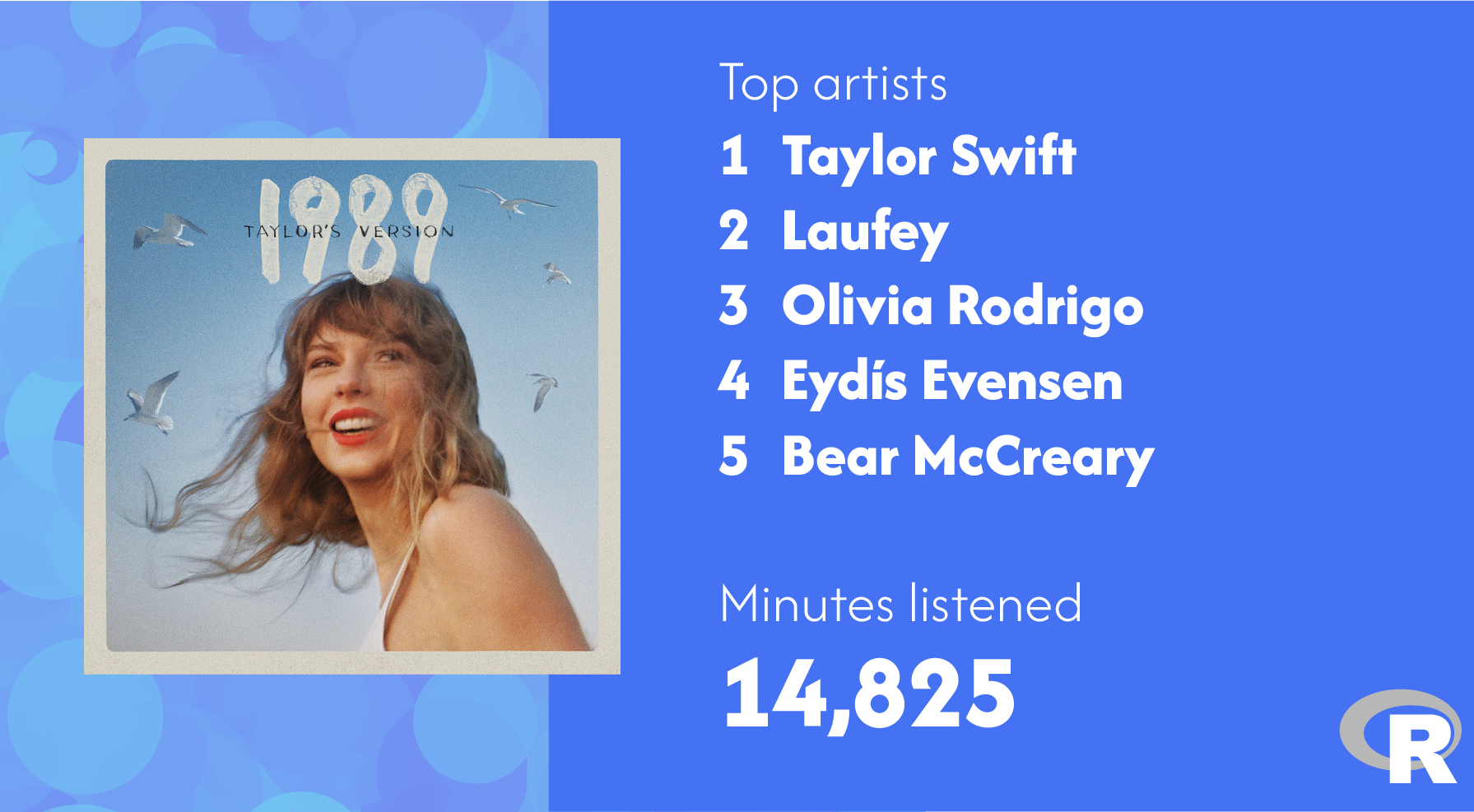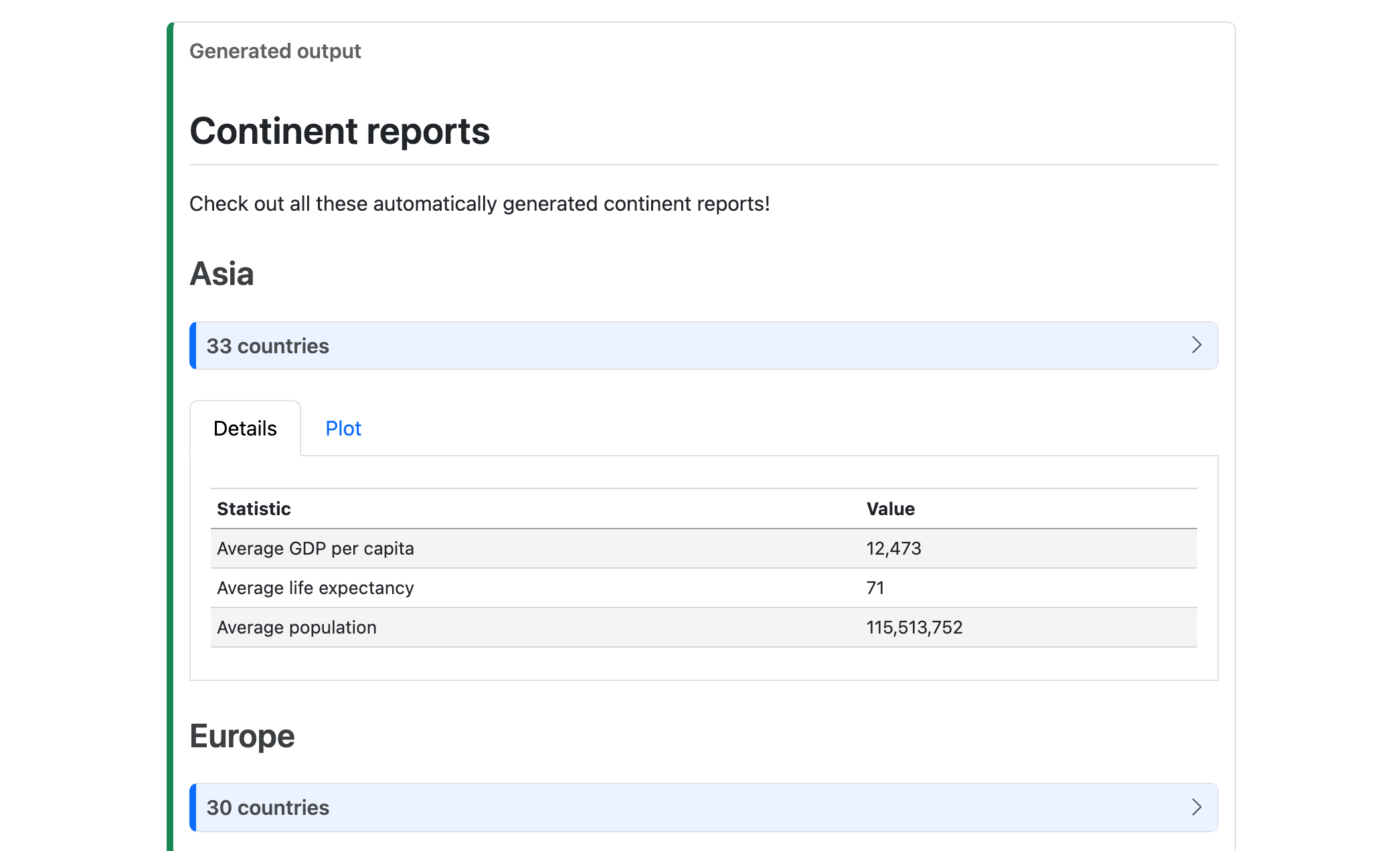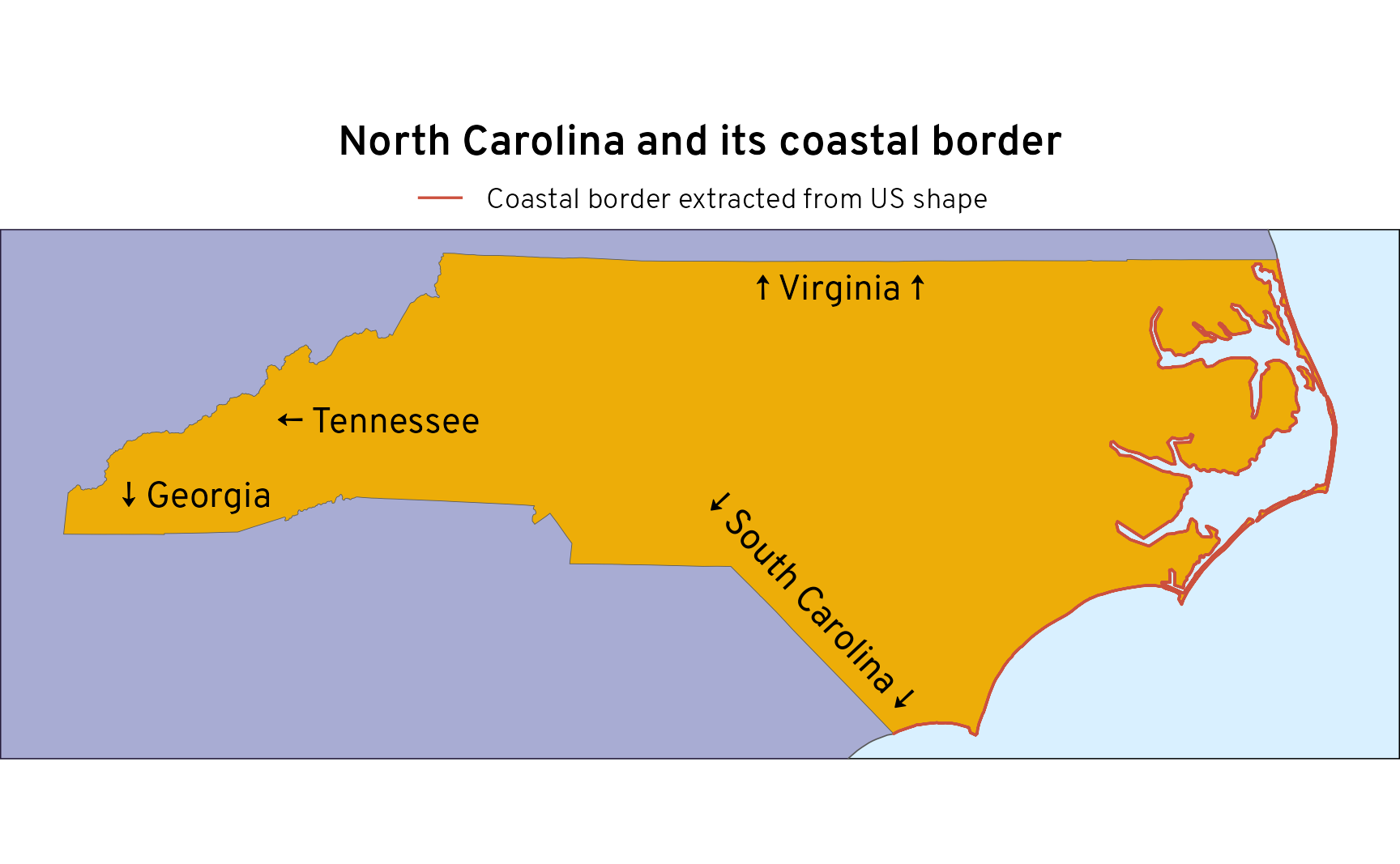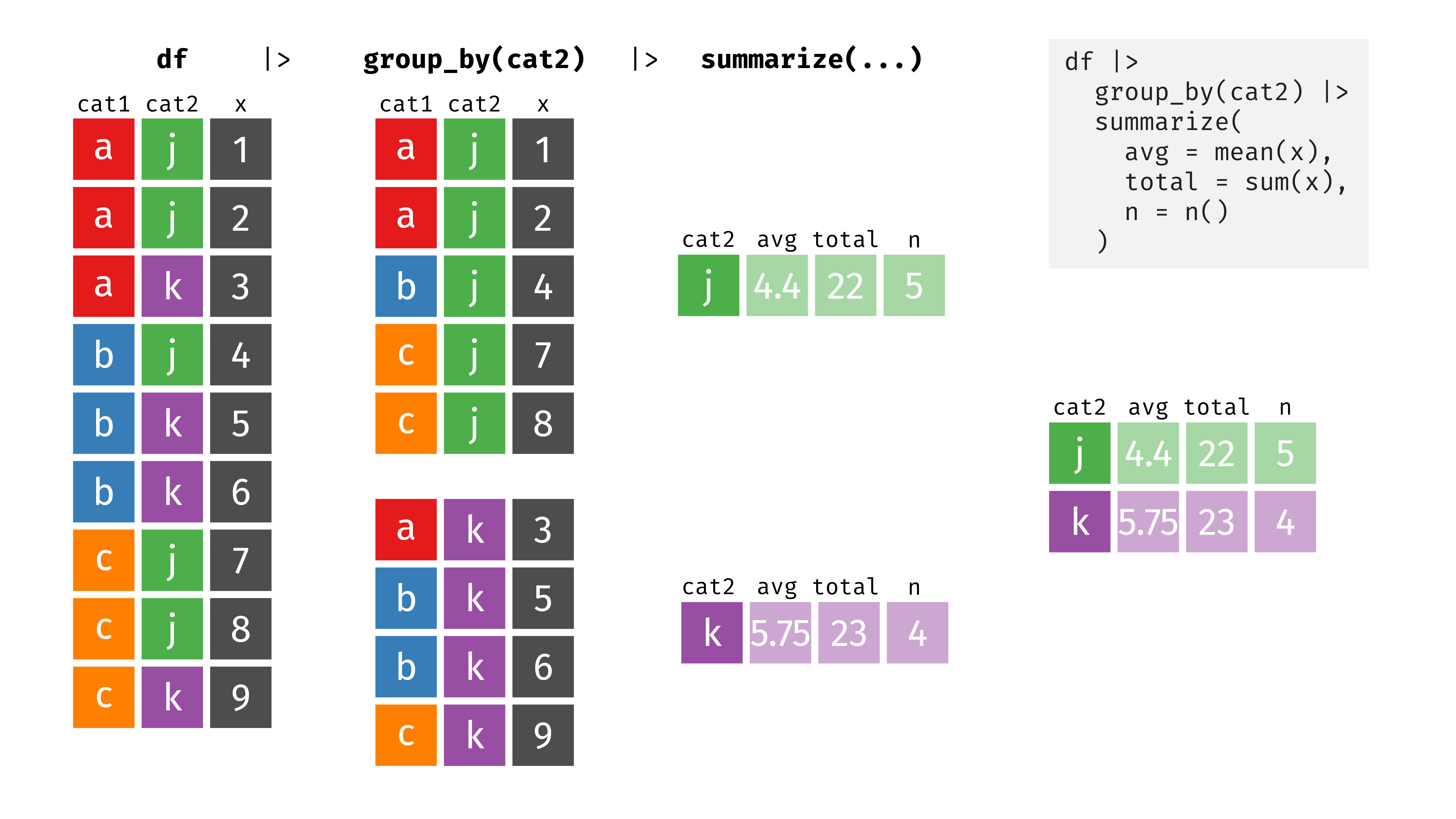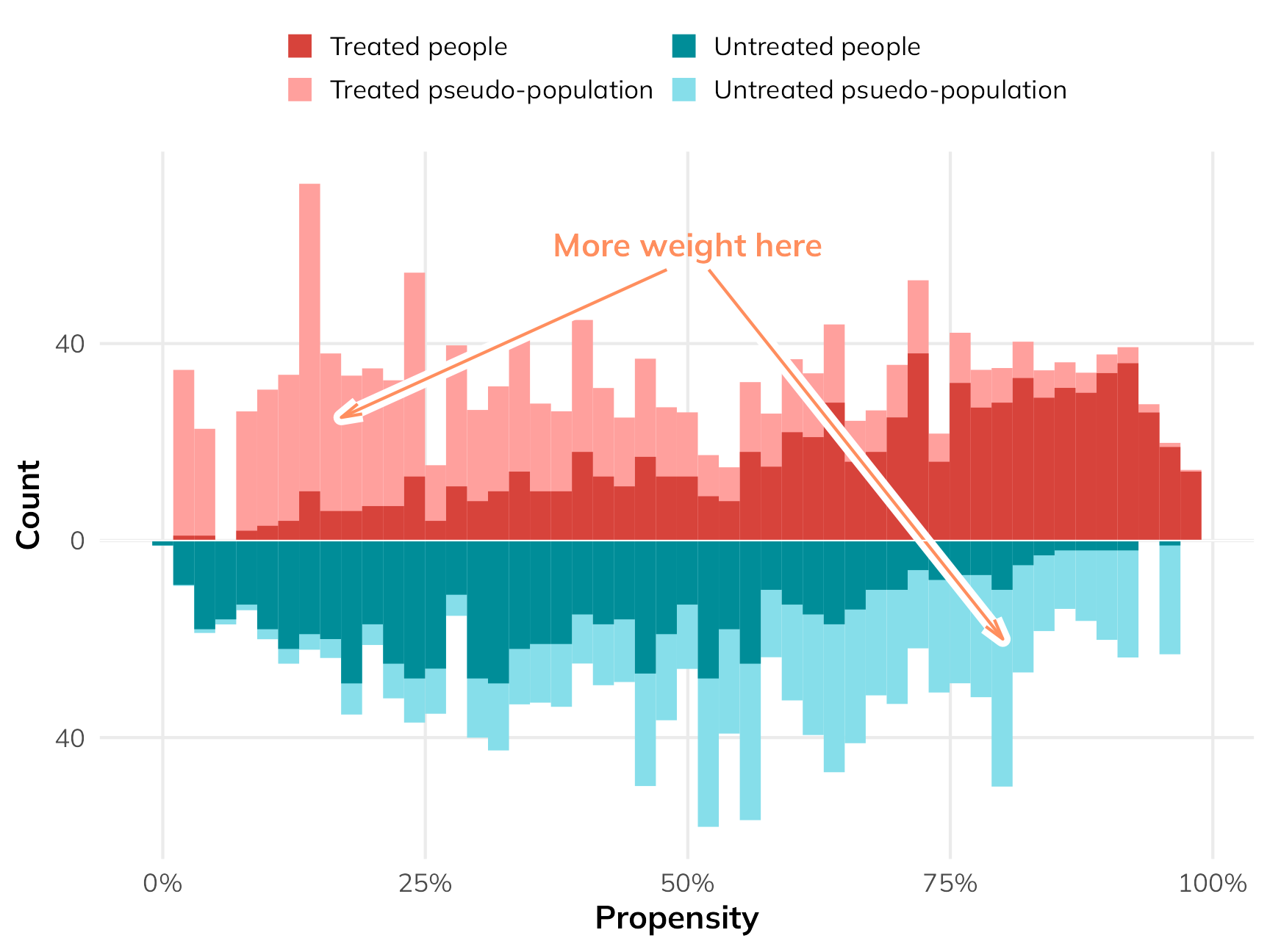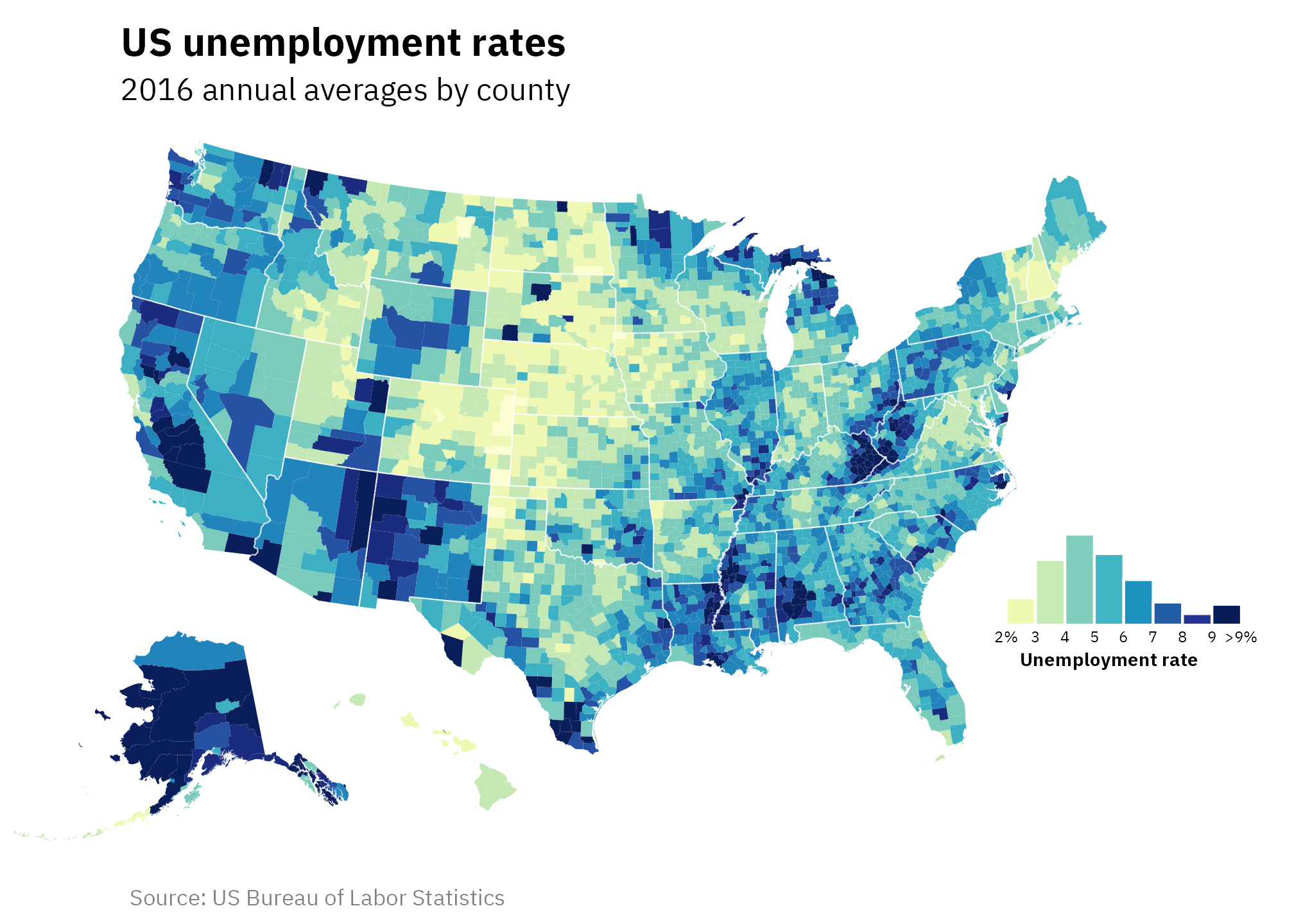
On Bluesky the other day, I came across this neat post that suggested using a histogram as a plot legend to provide additional context for the data being shown: Here’s a closer comparison of those two maps (click to zoom): This histogram legend is especially useful for choropleth maps where units like counties are sized differently, which can create an illusion of a different distribution.
